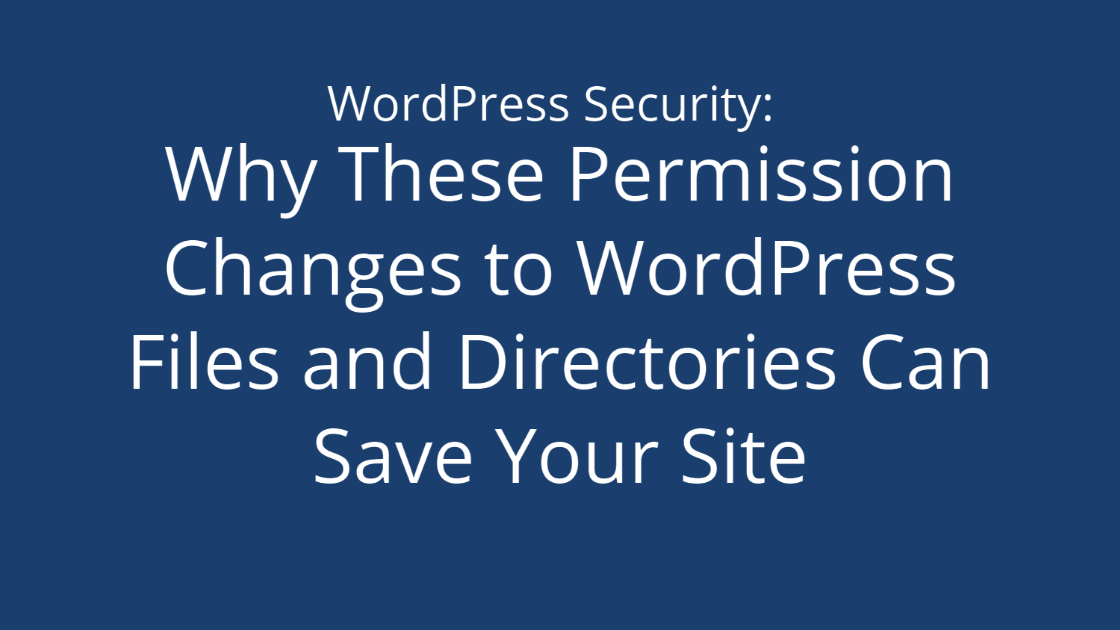What Is Dropshipping?
Dropshipping is a way to run an e-commerce site without holding any inventory. Instead of stocking products, the retailer lists items for sale and passes each order to a supplier. The supplier packages and ships the product directly to the customer, while the store owner focuses on marketing and customer service. This model is popular with entrepreneurs because it removes the costs and risks of managing a warehouse.
How Dropshipping Works
Interested in dropshipping? We can walk you through planning your dropshipping website.
- Choose a niche and products. Start by picking a market you understand or care about. Focus on products that solve a problem or spark interest in that market. A clear niche makes it easier to stand out and attract the right customers.
- Set up an online store. Build a website that looks professional and is easy to use. Hosting companies like Pair Networks give you all the tools you need to build a store where customers can browse and buy with confidence. The web host you choose matters here. Reliable hosting makes sure your site loads quickly and stays online, even when traffic spikes. That stability goes a long way toward building trust with your first customers.
- Find suppliers. Look for suppliers who are reliable and offer good shipping times. A supplier you trust is key because they handle the inventory and deliveries on your behalf.
- Market your products. After you build your site, make a plan to promote your store. Whether through social media, email, or paid ads, you want to get your products in front of prospective buyers.
- Handle customer service. When customers have questions or run into problems, it’s up to the retailer (you) to help them. Have a plan in place for how you will respond and solve issues. Good service builds trust and keeps customers coming back. Our own hosting business grew by putting customer support first, and it is something we strongly recommend.
Pros and Cons of Dropshipping
Every endeavor has its pros and cons. Is dropshipping worth it for you? We’ll outline a few benefits and disadvantages below to help you decide whether it’s the right fit.
Dropshipping Pros
- Low startup costs. Without the need to create or buy products up front or rent a place to store them, you can start your business without a huge investment.
- Easy to scale. Since suppliers handle the inventory and shipping, you can grow your store without worrying about packing orders or running out of space. Your focus is on the website, marketing, and customer service.
- No inventory management. You never have to keep track of stock or deal with leftover products. The supplier takes care of all of that for you.
Dropshipping Cons
- Lower profit margins. On the other hand, because you are buying products one at a time from a supplier, the cost per item is higher, which means you make less on each sale. Many dropshippers may also use the same suppliers, creating heavy competition and price cutting that can shrink profits even further.
- Supplier issues. Not managing inventory yourself saves time, but it also means you rely completely on your supplier. If an item goes out of stock or ships slowly, your customers may feel the impact, and there is little you can do to fix it quickly.
- Limited control over branding and fulfillment. When you do not handle the products directly, you cannot control how they are packaged, how fast they arrive, or the quality of the unboxing experience. This can make it harder to build a strong brand.
Some of these drawbacks are outside your control, like supplier delays. But your website isn’t. A dependable host helps ensure that when someone visits your webstore, they have a smooth experience.
Common Dropshipping Mistakes
- Choosing the wrong niche. Pick a niche you care about and understand. If nothing comes to mind right away, take time to research your industry. Knowing the space helps you think like your customers: what they want, what they avoid, and what draws them in. If you choose a niche you do not connect with or understand, it becomes much harder to market your products or answer customer questions. You may lose interest, and your store may feel generic or out of touch. There’s a reason the old writing advice says, “write what you know.” That same idea works here.
- Poor supplier communication. Choosing a supplier is about more than just price and product variety. You need someone who communicates clearly and responds when you reach out. If you cannot get answers or updates, you will struggle to support your customers and solve problems when they come up.
- Ignoring customer service. Customer service is one of the few areas in dropshipping you can control. Fast replies, clear updates, and honest support make a big difference. It is already tough to build a brand when someone else handles your products, but strong customer service helps you stand out and earn trust.
- Lack of marketing. Suppliers handle the inventory and shipping. Your job is to bring in the customers. If people cannot find your store, they cannot buy from you and make your storefront the next big hit. Spend time learning how your audience shops and where they spend their time. Whether it is social media, or search results, you need a way to reach the people you want to sell to.
- Choosing the wrong web host. Bringing people to your store is only half the challenge. If your site is slow or goes offline, you’ll lose them before they even see your products. It’s worth choosing a host like Pair Networks that takes performance seriously.
Is Dropshipping Worth It in 2025
Dropshipping is a viable business model in 2025, but it is not a guaranteed path to easy money. Many people start because it seems like a simple way to make money online, but it takes more work than most expect. There is a lot of competition now, and many stores are selling the exact products from the same suppliers.
Still, it can be a good option if you want to start something without putting a lot of money down. You do not need to buy inventory upfront, and you can run your store from pretty much anywhere. It is a way to test ideas and build a business without the usual risks that come with creating and stocking products.
But dropshipping is not hands-off. You will need to market your store, respond to customer inquiries, and deal with supplier problems if they come up. If a product runs out or ships late, that lands on you. And when something goes wrong, it is your job to fix it, even if you never touched the product.
So is it worth it? It depends. Some people make it work really well, but it takes patience, time, and a little problem-solving. If you are ready for that, it’s worth trying. If you are hoping for quick money with little effort, this is probably not the right fit.
Dropshipping isn’t effortless, but it can be a worthwhile way to test ideas and start selling online. If you decide to try it, think about the foundation you’re building on. A good host and domain give your store credibility from day one.
Frequently Asked Questions
How much does it cost to start?
The cost depends on how you set up your store and where you sell. Many people spend a few hundred dollars to get started, which usually covers your store website hosting, a domain name, and some basic marketing. You do not need to buy inventory upfront due to the nature of dropshipping, but you should plan to invest in advertising if you want customers to find you.
Is dropshipping still profitable?
Yes, it can be, but it’s not as easy as it once was. Competition is higher now, and profit margins are often smaller. Success usually comes from choosing the right niche, finding reliable suppliers, and putting consistent efforts into marketing. It is possible to make money, but it is not guaranteed.
Do I need a business license?
It depends on where you live. Many places require you to register your business for tax purposes, even if you work from home. Check local laws before you start so you know exactly what is required.
Can I dropship on Amazon or eBay?
Yes, but both platforms have rules you need to follow. For example, Amazon requires that you are the seller of record, which means you are responsible for customer service and returns. You also need to make sure your supplier ships products without including their own branding or invoices. Breaking the rules can get your account suspended, so read their policies carefully before you start.
See each store’s policies on dropshipping here:




